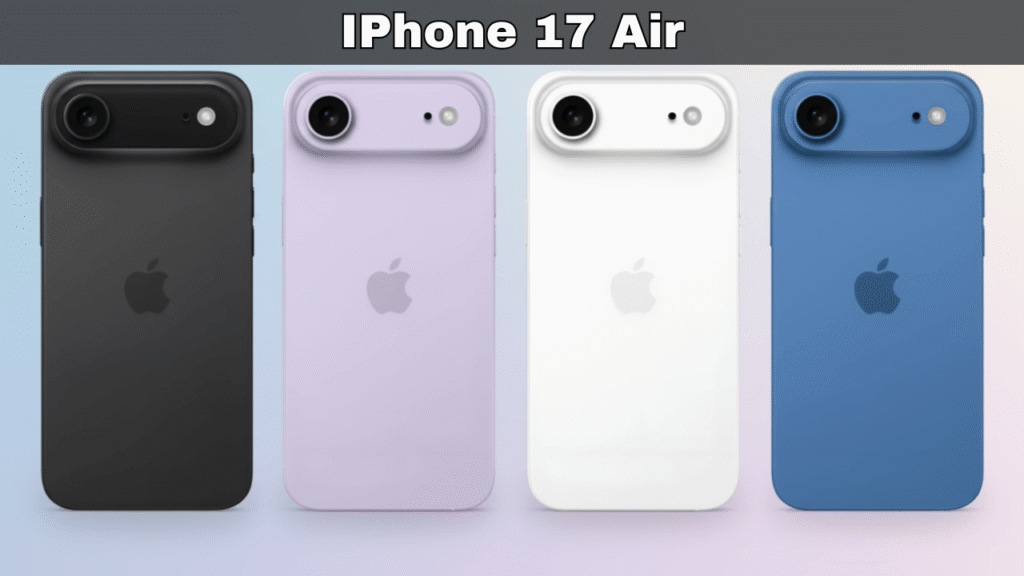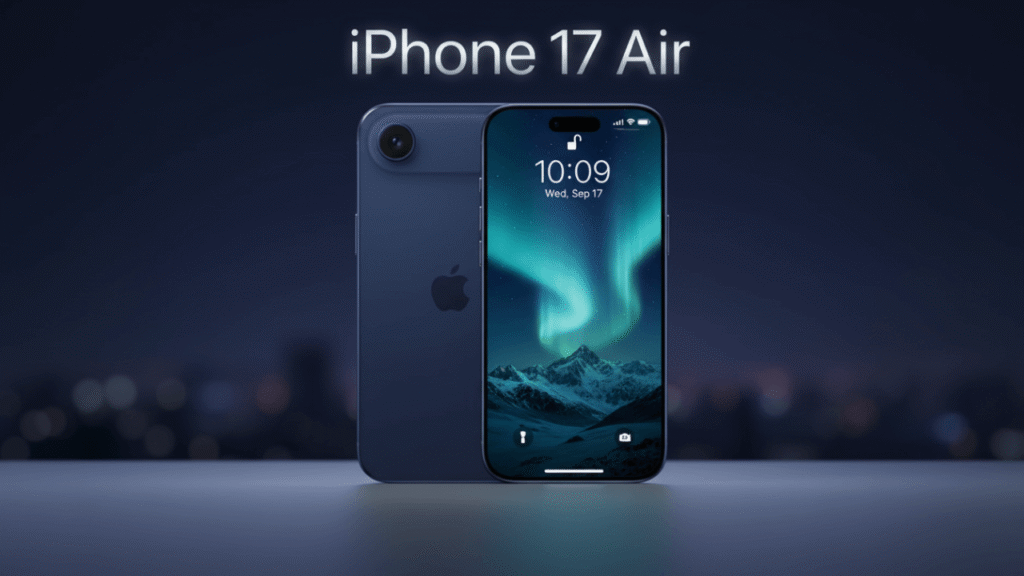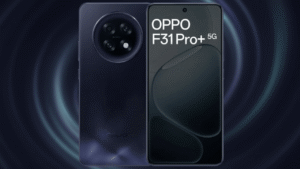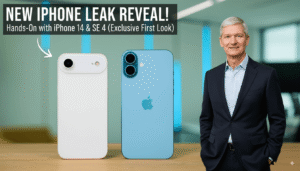In the relentless pursuit of innovation, Apple has once again redefined the boundaries of smartphone design with the breathtakingly slim iPhone Air. At a mere 5.6mm thick, it isn’t just the thinnest iPhone ever made; it’s a bold statement. It dethrones the decade-old record held by the iPhone 6 (6.9mm) and goes toe-to-toe with rivals like the Samsung Galaxy S25 Edge. But is this just a play for the slimness crown, or is the iPhone Air a carefully laid precursor to a prophesied revolution—the foldable iPhone?
Table of Contents
First Impressions: A Striking Newness
The immediate allure is undeniable. Reports from Apple’s keynote experience zone describe a universal reaction: everyone made a beeline for the iPhone Air. Weighing just 165 grams, its difference in hand is “astonishing” compared to the heftier iPhone 17 Pro and Pro Max. This radical redesign necessitates profound internal changes, from a pioneering eSIM-only worldwide policy that frees up crucial internal space, to the slightly off-center USB-C port—a small quirk for a massive engineering payoff.
Power in the Palms: The A19 Pro and Apple’s Silicon Triumph

The most significant signal of the iPhone Air’s importance isn’t its size, but what beats at its heart: the latest A19 Pro chip. By granting the Air parity with the flagship iPhone 17 Pro line, Apple is declaring that this form factor is not a compromise, but a new flagship direction.
This power is managed by a trio of Apple-designed chips: the powerhouse A19 Pro, a new N1 chip for Wi-Fi 7 and Bluetooth 6, and most notably, the second-generation C1X cellular modem. This in-house modem is reportedly twice as fast as its predecessor, a massive year-on-year leap that underscores Apple’s confidence in its silicon independence. The company claims this combination makes the iPhone Air the “most power-efficient iPhone ever made.”
Also Read
The Fusion Camera: Can One Lens Truly Do It All?
The biggest question mark, and Apple’s biggest gamble, is the camera. Dubbed the “Fusion Camera,” this single 48-megapixel system is tasked with challenging the versatile triple-camera arrays of flagship Pro models.
Apple asserts it is “the equivalent of four lenses,” offering two optical zoom lengths (1x and 2x) and software-based 28mm and 35mm focal lengths. With a large 2.0µm quad-pixel sensor, sensor-shift stabilization, and a new image processing pipeline, it promises professional-grade portraits with Focus Control and the ability to add portrait effects after the fact.
The ultimate test will be whether this solo sensor, no matter how computationally brilliant, can deliver the versatility and quality across all scenarios that photography enthusiasts expect from a multi-lens system. The answer to that question could redefine smartphone camera design for years to come.
The Foldable Hypothesis: Is the iPhone Air Half of Tomorrow’s Phone?
This leads us to the most compelling speculation: the iPhone Air as a blueprint for a foldable iPhone.
The pathway seems clear. Samsung’s Galaxy S25 Edge (5.8mm) hinted at the design of the ultra-thin Galaxy Z Fold 7 that followed. Apple is likely on a similar trajectory. Imagine two iPhone Air models, each around 5.6mm thick, fused together. When unfolded, you’d have a device just over 11mm thick—perfectly manageable for a foldable tablet—and when closed, you’d have a sleek, modern smartphone.
The iPhone Air could be the foundational testbed for the technology, materials, and thermal management required for that future device. The only major upgrade for the foldable version would likely be the camera, potentially adopting the Pro model’s island unless the Fusion Camera system truly defies the laws of physics.
Winds of Change
The iPhone Air is more than a new model; it’s a manifesto. It signals a industry-wide pivot away from adding bulk and towards refining form without sacrificing performance. For years, smartphones grew thicker to accommodate more features. The iPhone Air, alongside Samsung’s slim designs, marks the start of a reverse pursuit.
While questions about real-world battery life, thermal throttling, and the necessity of Apple’s sleek MagSafe battery pack remain, the intent is clear. The iPhone Air isn’t just the thinnest iPhone you can buy today. It may very well be our first, best look at the folded future of Apple.




